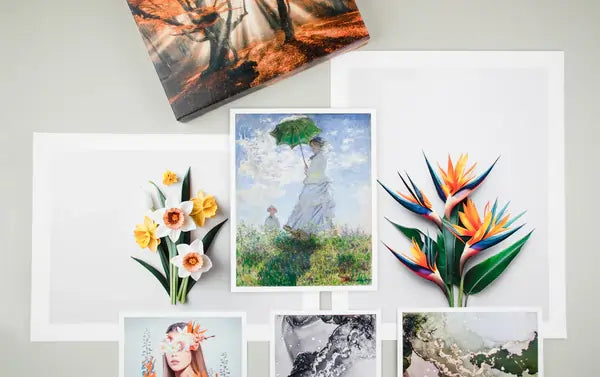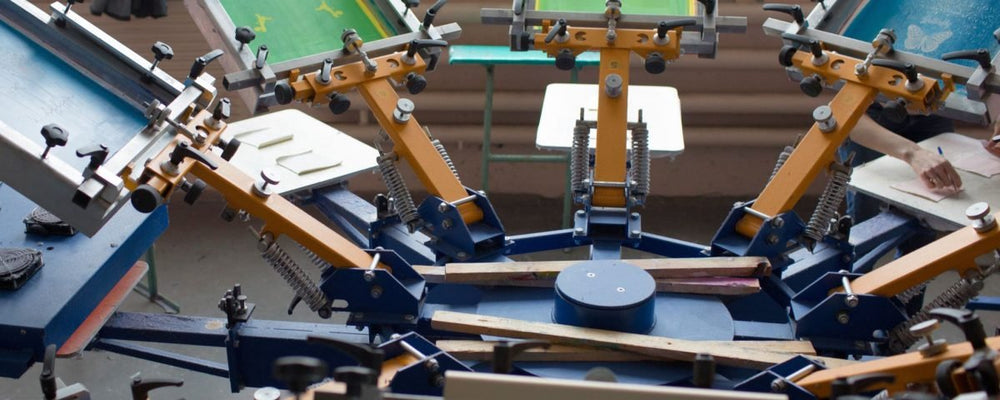For professional artists, sharing their creations with a wider audience often means turning to art reproduction methods. There are various reasons to delve into this world, whether you're reluctant to part with your originals or seeking more affordable options for your admirers. Here, we unveil five art reproduction techniques that should be on your radar as an artist ready to embark on the printing journey.
1. Giclee Printing
Giclee printing is one of the most prevalent methods for art reproduction today. It's accessible to both professional artists and everyday consumers who wish to harness the power of high-quality printers. Giclee printing employs large-format digital printers, intricately spraying ink onto your chosen print material to create a detailed and vivid replica. These printers accommodate a wide range of materials, from smooth fine art paper to textured canvas. Modern artists and galleries often use this method to produce reproductions for sale or exhibition.
2. Relief Printing Techniques
Relief printing encompasses two primary techniques: woodcutting and linocutting. In woodcutting, artists employ hand or power tools to carve an image or design into a wooden block. Linocutting, on the other hand, involves cutting into a softer linoleum material using knives or blades to craft a design. In both methods, the artist places paper or material onto the inked cuts and applies pressure by hand or with a press to generate a print.
3. Intaglio Printmaking
Intaglio printmaking boasts several methods, including engraving, etching, mezzotint, aquatint, and photogravure. While each technique possesses unique characteristics, the underlying principle involves incising an image or design into the surface of a plate. These plates typically consist of metals like zinc, copper, or other soft metals. Artists employ sharp hand tools and occasionally acid to etch and carve into the metal plate.
4. Screen Printing
Screen printing isn't limited to art prints; it's a versatile method employed in various industries, including fashion and branding. Artists can also utilize screen printing to reproduce their artwork on diverse materials. The process involves treating a screen frame with a cured emulsion to create a design using negative space. Ink is applied to the screen and pushed through the holes with a squeegee. This can be repeated for multiple layers and colors, depending on your reproduction needs.
5. Collagraph Printing
Collagraph printing is akin to assembling a collage. Artists arrange an assortment of materials and textures to form an image. Subsequently, using a relief printing technique, they can produce a reproduction of this design. What sets this method apart is its tendency to yield only one reproduction, making it a "monoprint" technique.
As an artist, exploring these top five art reproduction techniques can greatly enhance your creative reach. If efficiency is your aim, consider giclee printing for producing high-quality reproductions. At The Stackhouse, we offer giclee printing on fine art paper and canvas, providing you with versatile options to cater to your audience's preferences. Discover more about giclee printing or kickstart your art reproduction journey with The Stackhouse today.






Leave a Comment